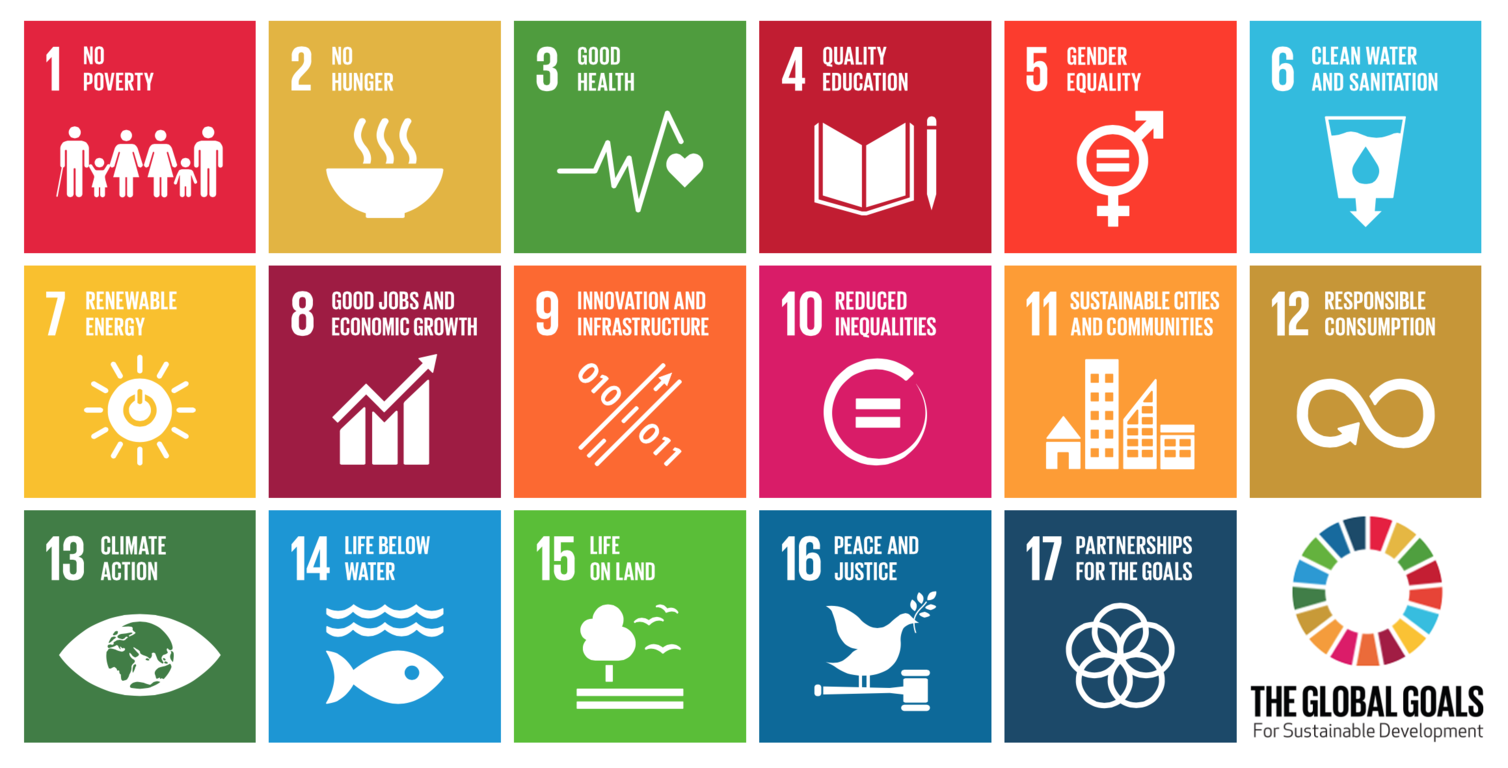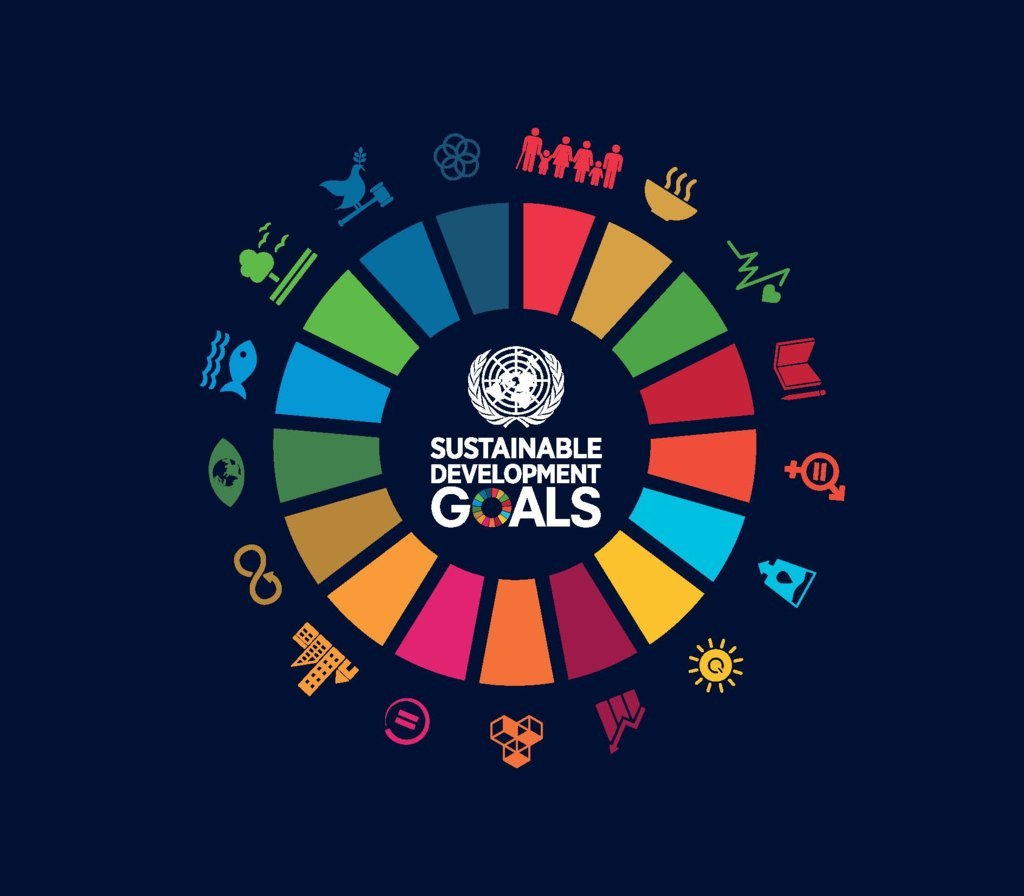
How churches step in to achieve UN SDG’s
by Yash Saboo December 6 2017, 5:11 pm Estimated Reading Time: 2 mins, 59 secsOn 1 January 2016, the 17 Sustainable Development Goals (SDGs) of the 2030 Agenda for Sustainable Development — adopted by world leaders in September 2015 at a historic UN Summit — officially came into force. Over the next fifteen years, with these new Goals that universally apply to all, countries will mobilize efforts to end all forms of poverty, fight inequalities and tackle climate change, while ensuring that no one is left behind.
The SDGs, also known as Global Goals, build on the success of the Millennium Development Goals (MDGs) and aim to go further to end all forms of poverty. The new Goals are unique in that they call for action by all countries, poor, rich and middle-income to promote prosperity while protecting the planet. They recognize that ending poverty must go hand-in-hand with strategies that build economic growth and addresses a range of social needs including education, health, social protection, and job opportunities while tackling climate change and environmental protection.

Climate change is now affecting every country on every continent. It is disrupting national economies and affecting lives, costing people, communities, and countries dearly today and even more tomorrow. Everyone is coming and working together as one undivided world in achieving these 17 goals. Everyone also includes religious communities.
Mexican Church leaders of La Iglesia Anglicana de Mexico (IAM) – the Anglican Church of Mexico – together with Christians from other denominations and ecumenical groups have met the UN leaders to talk about the implementation of SDGs. It's not the first time the church has come forward to support a good cause. Earlier, Anglicans in Mexico continued to support the victims of September’s 7.1 Magnitude earthquake. In the Morelos-State town of Jojutla, parish priest Ericka Fierro has spearheaded the support, even though she lost her house in the quake and was advised to leave the town and take shelter in the diocesan office. Ericka rejected the offer of sanctuary and stayed behind with her eight-year-old daughter, Kissel. 370 people were killed in the earthquake – 228 of them in Mexico City.

Members of IAM were joined by Latin American Council of Churches, the Theological Community of Mexico and the Evangelical Missionary Church of the New Covenant for the meeting.
In an interview, Arturo Carrasco Gómez, communication provincial of the Anglican Church of Mexico, explained that these religious confessions support compliance with the SDGs. There are 17 objectives that have to do with social justice, development, well-being aspects of health and attention of vulnerable people, among others.
"In pursuit of this purpose, these churches are shaping the body called Faith-Based Organizations (OBF). This is being created and this is the first step. The idea is to expand this dialogue with other churches, including representatives of the Catholic Church, because there are common goals. One example is Laudato Si’, encyclical of Pope Francis in which there is a clear concern for the care of the environment," Gómez said.
Between October 2015 and September 2016, the UK Catholic Agency for Overseas Development facilitated an international dialogue with its partner organizations in Sierra Leone, Ethiopia, Kenya, Colombia, Bangladesh, and its stakeholders in the UK, on Pope Francis’s encyclical Laudato Si’ On the Care of our Common Home. The document engages development and religion on matters which affect the life of humankind in its common home, the earth, and invites every single person on the planet to engage in a global dialogue on how to build a new model of development so as ‘to leave no-one behind’, to paraphrase the SDGs mantra, while caring for the future of the planet.




-173X130.jpg)
-173X130.jpg)

-173X130.jpg)
-173X130.jpg)


-173X130.jpg)